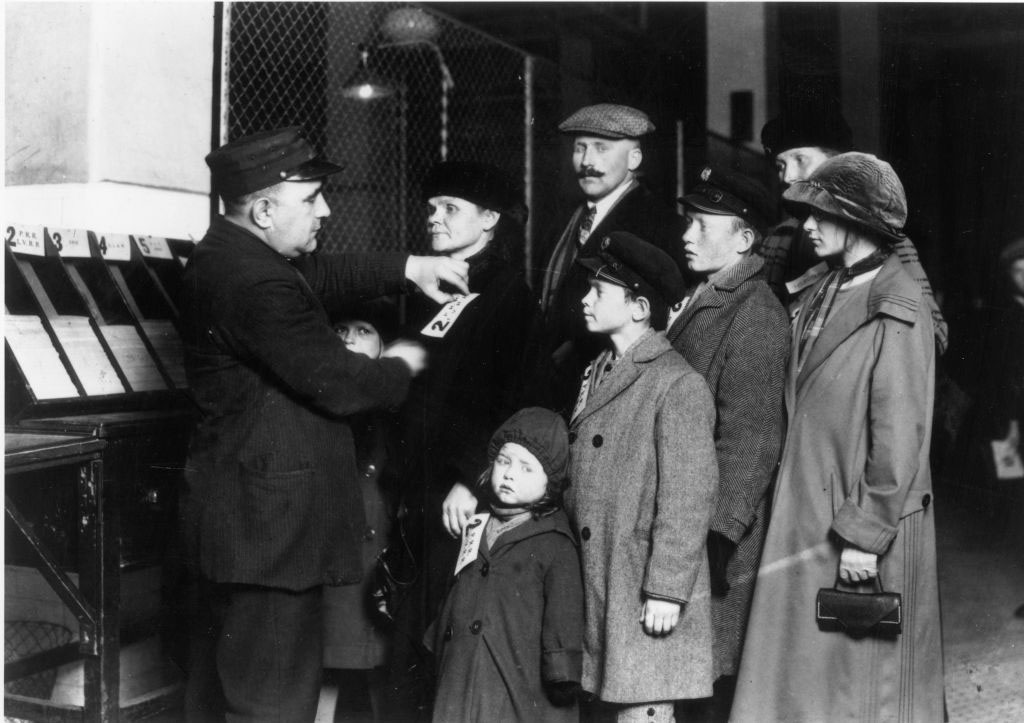There is nothing as magnificent as being outdoors to observe nature while photographing birds in their natural environment. It’s even better when it happens in Southern Florida during the month of February, with temperatures far more temperate and tolerable than the bulk of the United States.
First, I must confess that I am an accidental birder, discovering the joys of identification and capturing beautiful images while on safari in Tanzania last year. It happened in the lazy hours of the afternoon, while most big game where camouflaged in cooling shade or hidden in their dens, escaping from the heat of the near-Equatorial African sun. While looking for things to photograph in the harsh light, our eyes suddenly discovered the beauty of brilliantly colored birds (Bee Eater) and oddly-shaped avian (Secretary Bird) – all living on the oldest continent on our planet. (The bigger truth is that it was probably me who was discovering the world of birds as our photography leader, Russ Burden, was extremely erudite in the names and nuanced behavior of the various species.)
That was the beginning of my accidental foray into birding, eventually leading me to sign-up for yet another photography workshop with Russ Burden Photography on the birds of Southern Florida. I had my doubts as I wasn’t particularly drawn to wading or shore birds. “You will absolutely love the world of the wetlands,” is what Burden assured me.
So, this was the back story on how I found myself in Southern Florida with two other birding photographers and our leader, with my Nikon 80-400 mm lens mounted on a Nikon D-7000 in hand – effectively becoming a 120-600mm focal length. After we rendezvoused at the Ft. Lauderdale airport, we hopped into our rental van and headed southwest to the Everglades National Park.
My goal was to photograph the Roseate Spoonbill with an added challenge by instructor Burden to capture photographs of birds in flight throughout our trip. I’ll admit that by the end of the workshop, I felt I had learned more about my camera and capturing images than any other tour I had ever been on prior to this. Plus, I was able to add to my growing bird life list.

Some interesting facts about birders and the birds we photographed:
Birding ranks as the 15th most popular outdoor recreational activity in the United States, according to a survey sponsored by the U.S. Department of Agriculture and the U.S. Forest Service. As for demographics? Well, birders tend to be well educated and have disposable income, hailing from a variety of careers. You are just as likely to see an attorney adding to his birding “life list” as you are a family peering through binoculars while enjoying nature. (A life list is a cumulative record of bird species you see and identify. Many birders enjoy the competitive aspect of adding to their growing list and will travel worldwide to find elusive species.)
I wasn’t going to be happy until I photographed the Roseate Spoonbill with at least one featuring their unique bill for sifting their meals through muck and another of a spoonbill in flight. I was successful in both. These birds can be seen in coastal Florida and Texas, usually around other waders. With the coloration of a flamingo, from a distance they seem dazzling, however up close their looks are rather freakish. The courtship is a unique process where males and females may initially be aggressive, then later perching together while they gift sticks to each other for nest building. In Florida, their nests are usually in red mangroves.
The Black Vulture has a face only a mother could love. Fiercely loyal and highly sociable, they share sustenance with their relatives and feed fledglings far beyond the nest. A bare black head along with white stars under the wingtips are identifying features. However, beware of them in the Everglades National Park as they have an acquired fondness for rubber on autos. Unattended cars are often attacked for the odd diet including vulnerable windshield wipers and car trimming. Tarps are available at various stations in the Everglades so as to protect your car from the vultures. Morning is when they do most of their rubber-tasting feast.

As opposed to the challenging looks of the Black Vulture, the Double-Crested Cormorant has one of the most beautiful eyes ever – it sparkles like a multi-faceted cut jewel. Though they rarely live up to their title in the field (the crested look) they are the most common in general distribution in North America and the only one seen inland.

The American White Ibis is an adaptable bird, and can be found along the Gulf Coast, mid-Atlantic coast, and western coastal Mexico, including the Baja Peninsula. It’s not uncommon to see them as far north as New Jersey or even in the Southwest – though I can’t ever remember seeing them in the Washington, DC area, or for that matter, in New Mexico. They prefer salt marshes and swamps and will showcase scarlet legs during breeding season.

Ahhh….the Brown Pelican. So proud looking yet so prehistoric in appearance. Though smaller than the White Pelican, their coloration only adds to their intrigue. They are noted for plunging headlong into the water while pursuing their favorite food – fish. As recent as the early 1970s, they were considered seriously endangered. Nowadays, their prevalence is due to the halt in the use of DDT and other pesticides.

Where the Birds Are:
Estero Island

Ding Darling National Wildlife Refuge
Cape Coral
Birds I photographed:
Anhinga, black-necked stilt, burrowing owl, black vulture, brown pelican, double-crested cormorant, great blue heron, great egret, laughing gull, least sandpiper, plover, reddish egret, red-shouldered hawk, roseate spoonbill, snowy egret, southern bald eagle, tricolored heron, white ibis, white morph, white pelican

Where to Eat:
3 G’s Gourmet Deli – Located in Delray Beach, expect to wait in line for a meal at this superb Jewish-based deli. Valet parking service is available. Besides hot corned beef and hot pastrami, a variety of selections appeal to various palates. Whether you order whitefish, lox & bagel, chopped liver, an omelet, or a roast turkey dinner, prices are reasonable and portions are substantial.

Robert is Here – This famous Florida City fruit stand on the way to the Everglades National Park features exotic and tropical fruits. Stand in line to order one of their world-famous shakes, including Key Lime. Filling enough to make a meal.

Mel’s Diner – At various locations in southern Florida including Naples. This is a fun place where you dine on old-fashioned home-cooked favorites including blue plate specials daily. Service is fast and efficient.

Fish Monger– Located in Fort Meyers, they feature daily seafood catches and always seem to have a crowd. This may easily be one of the best restaurants in Fort Meyers, so reservations are highly recommended. Recently changed ownership. Open October through May.






















 More news and opinions than at a Shabbat dinner, right in your inbox.
More news and opinions than at a Shabbat dinner, right in your inbox.